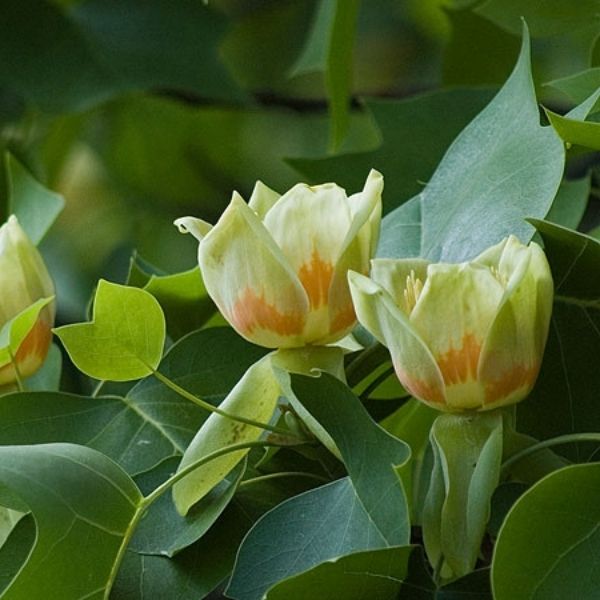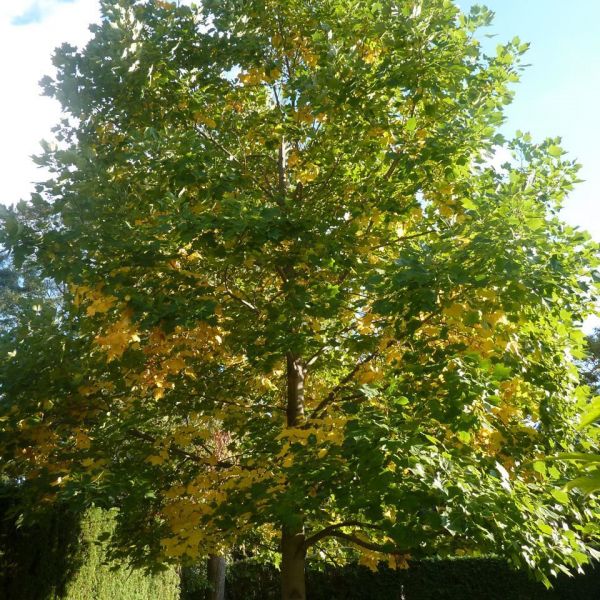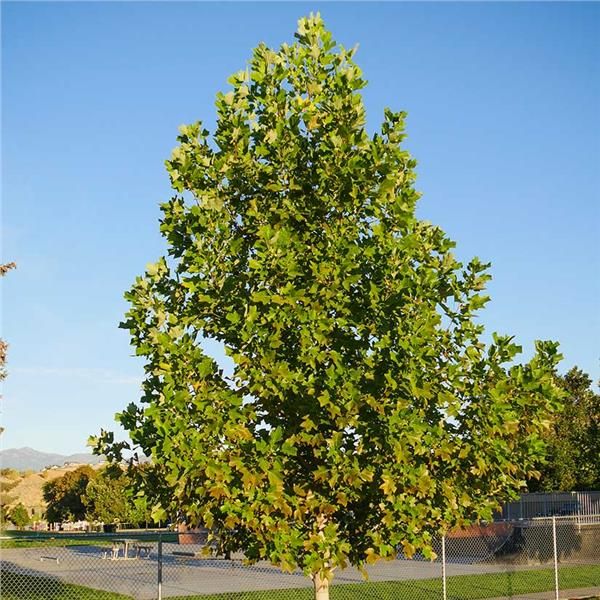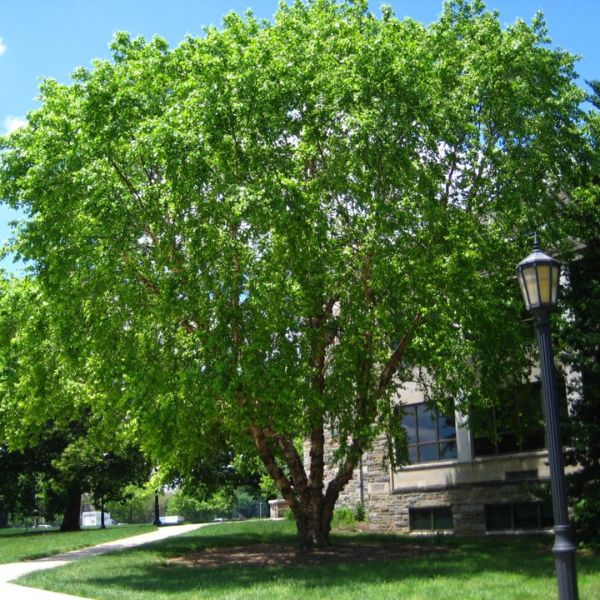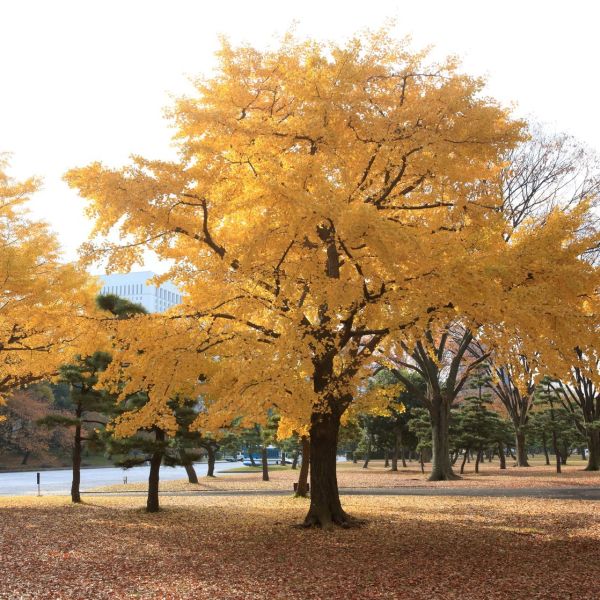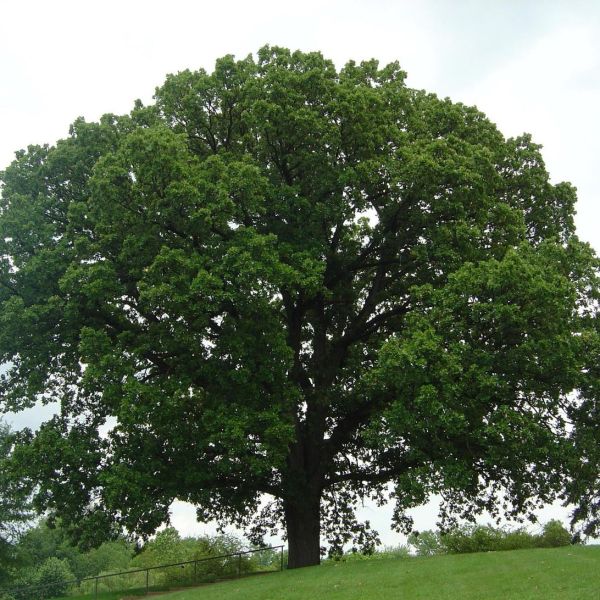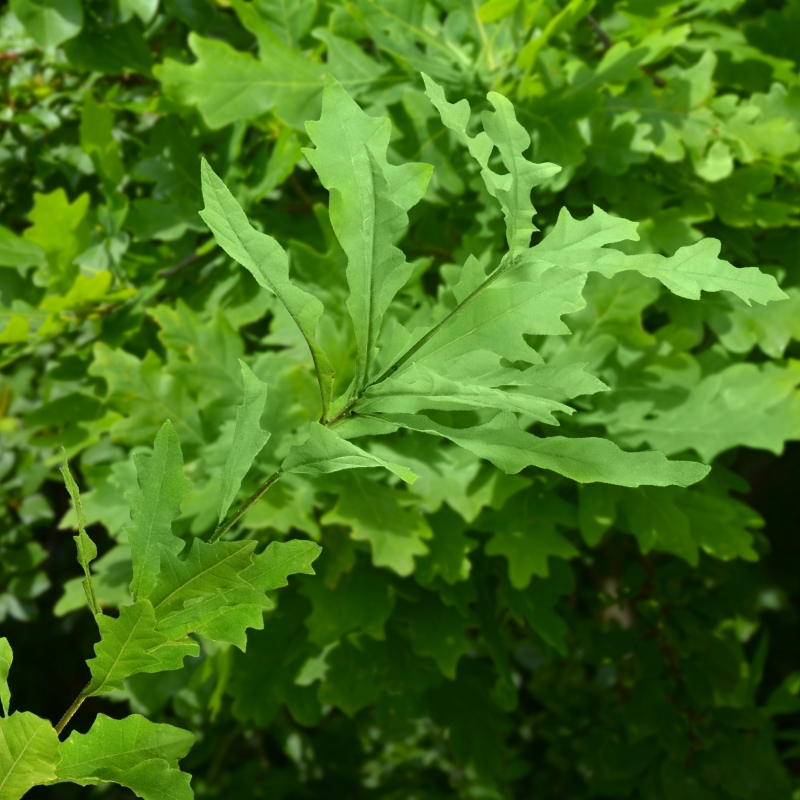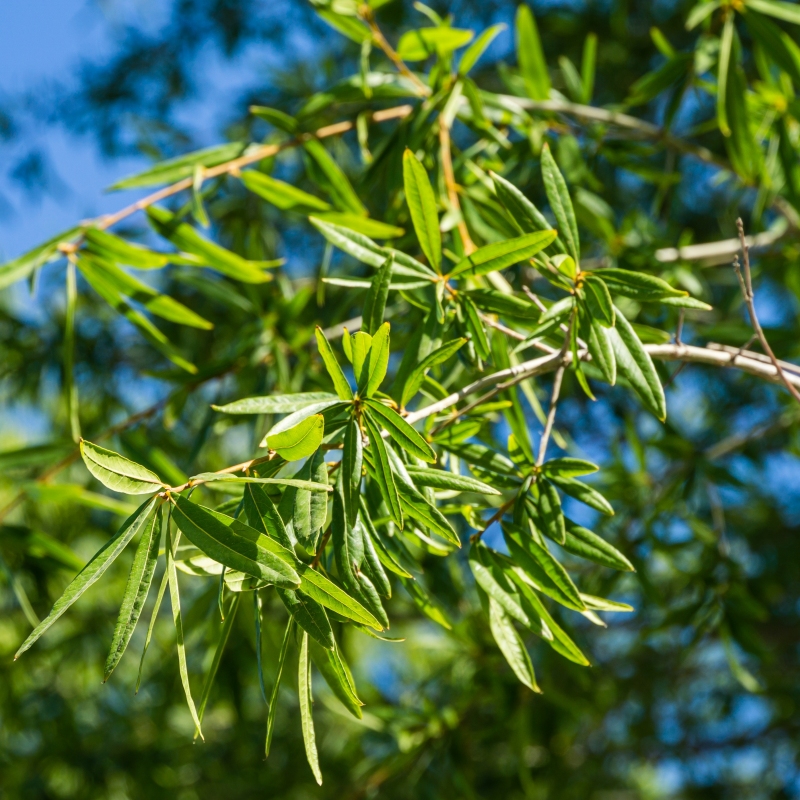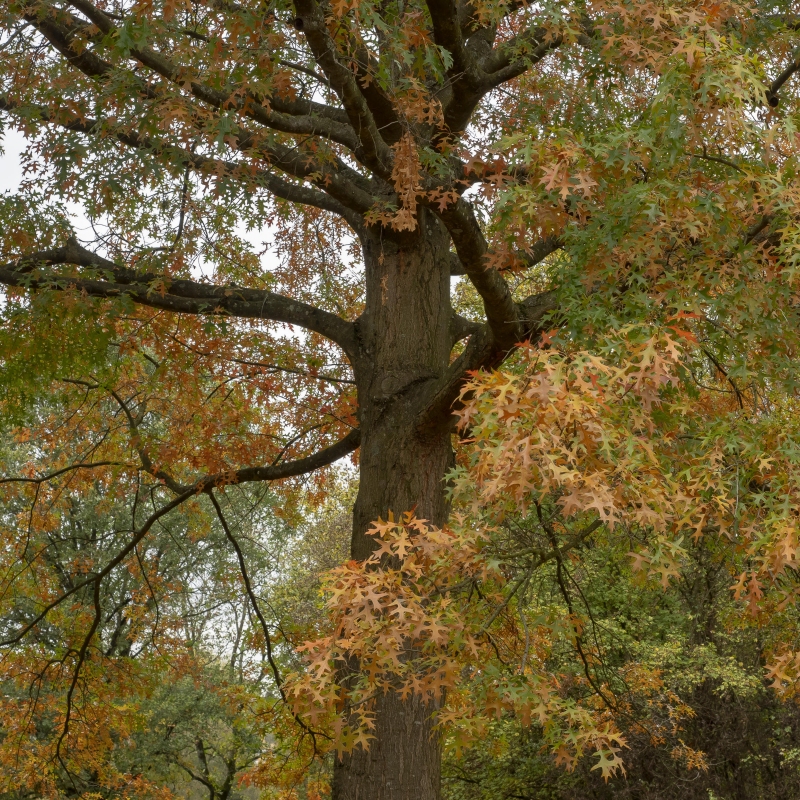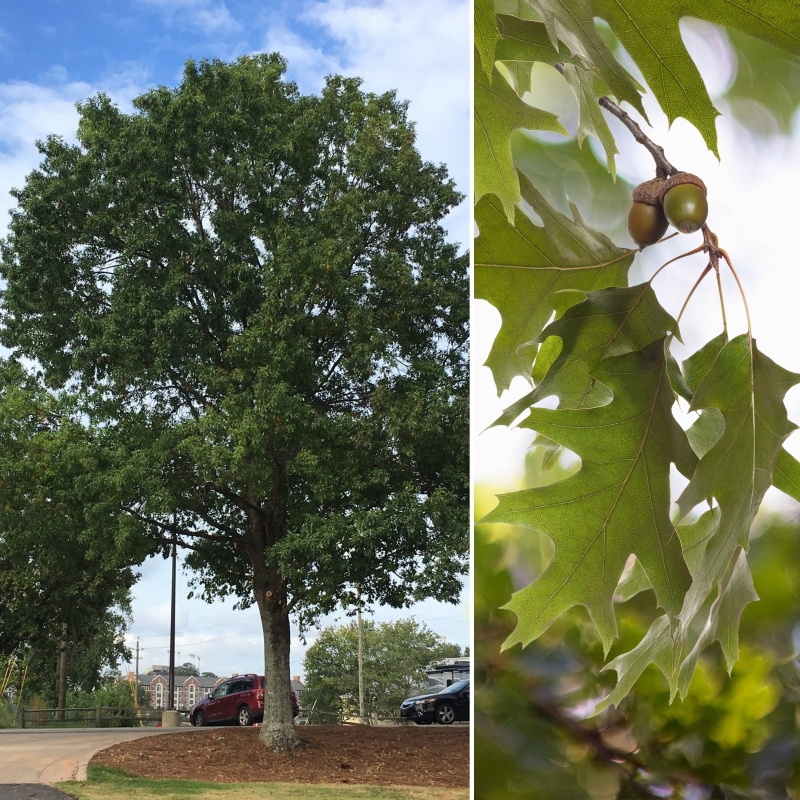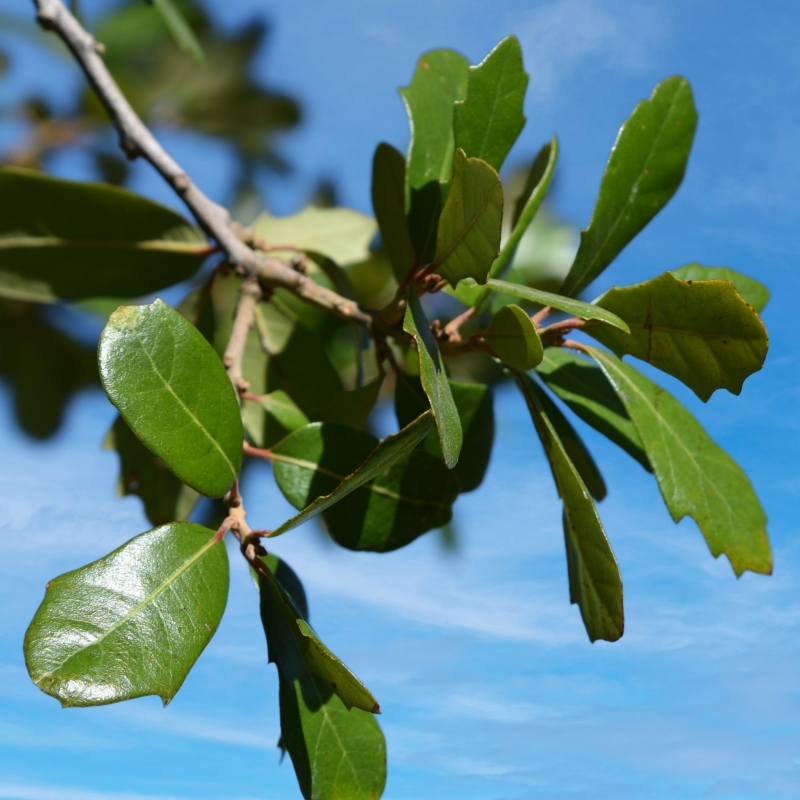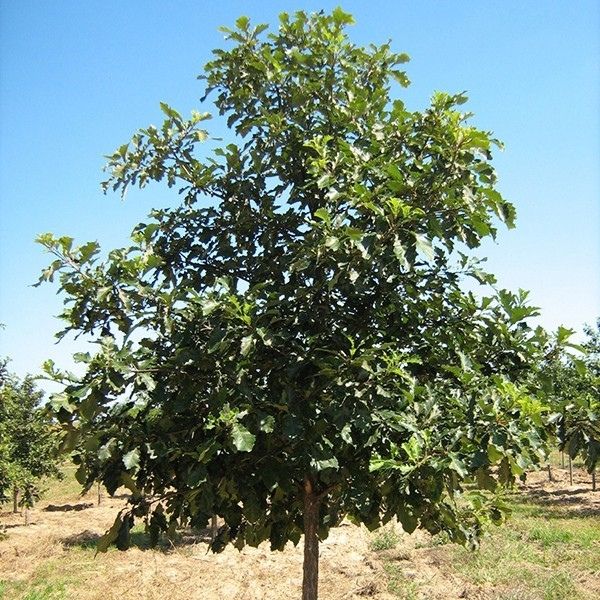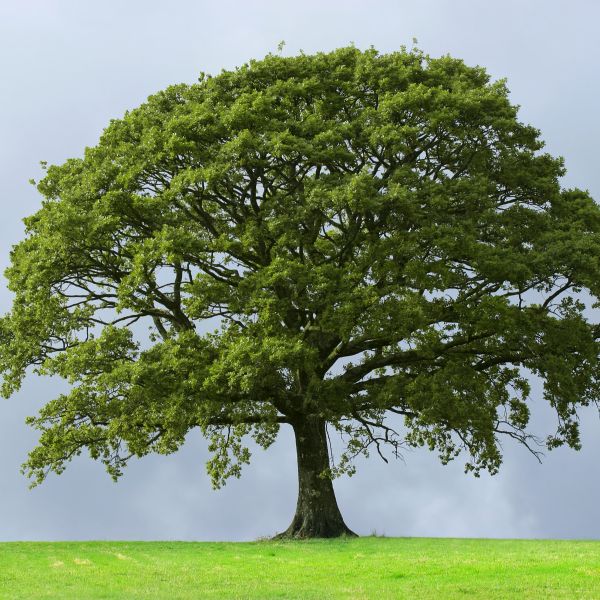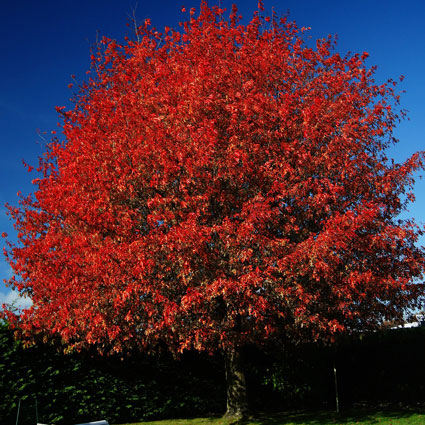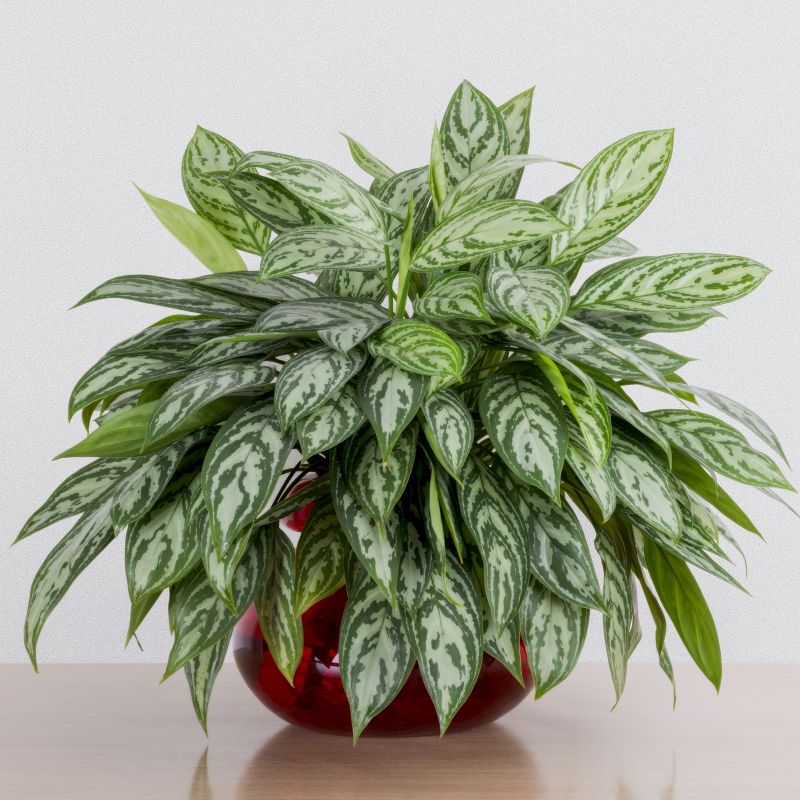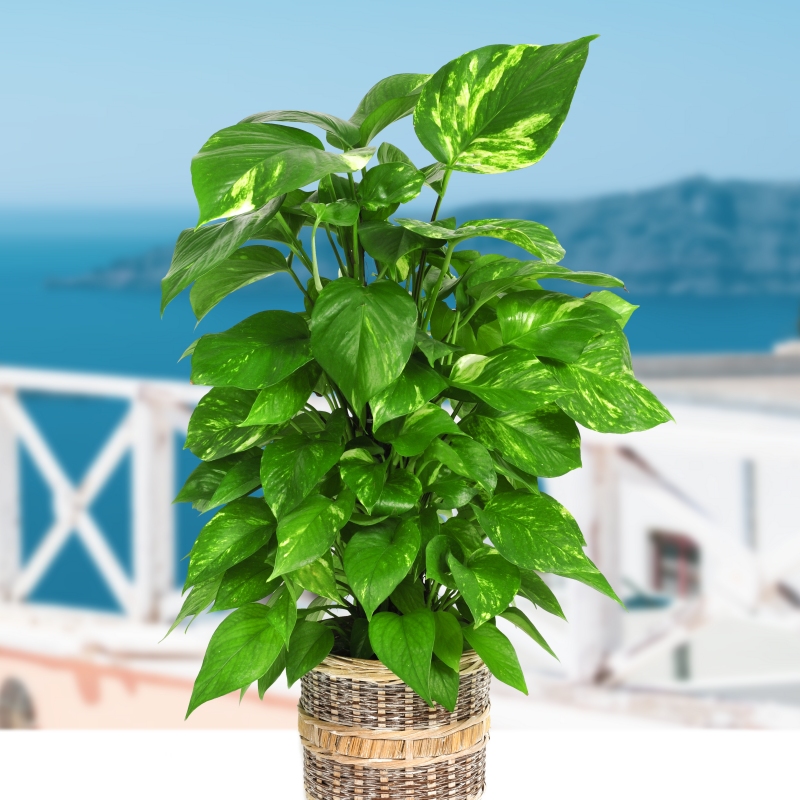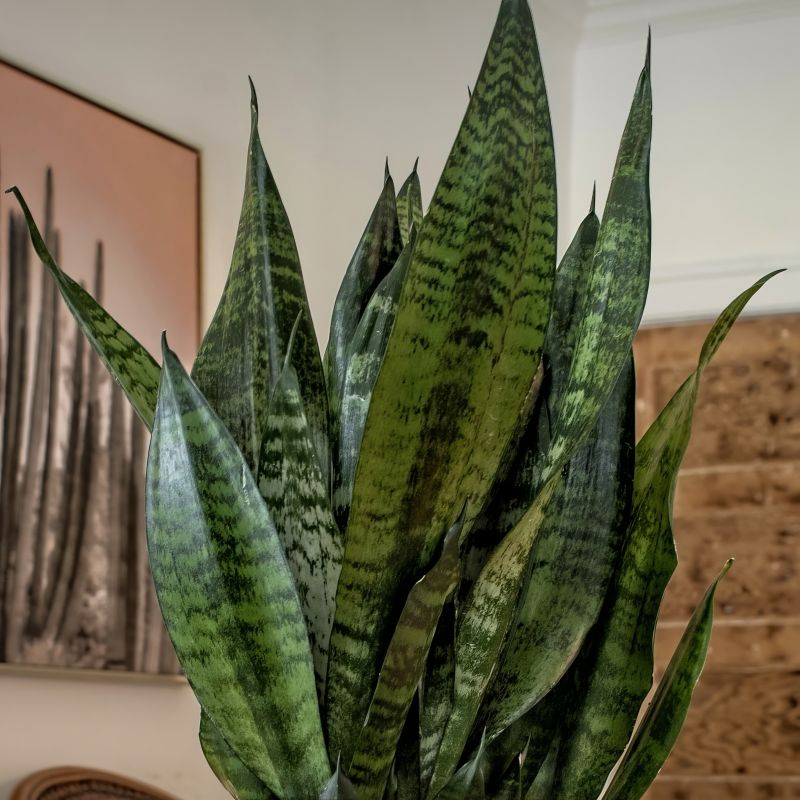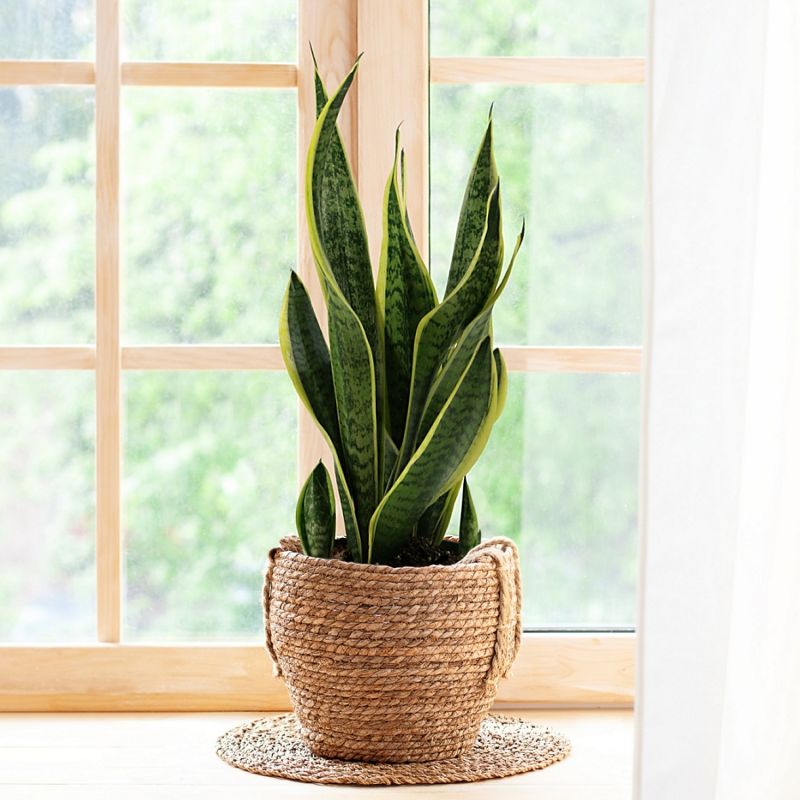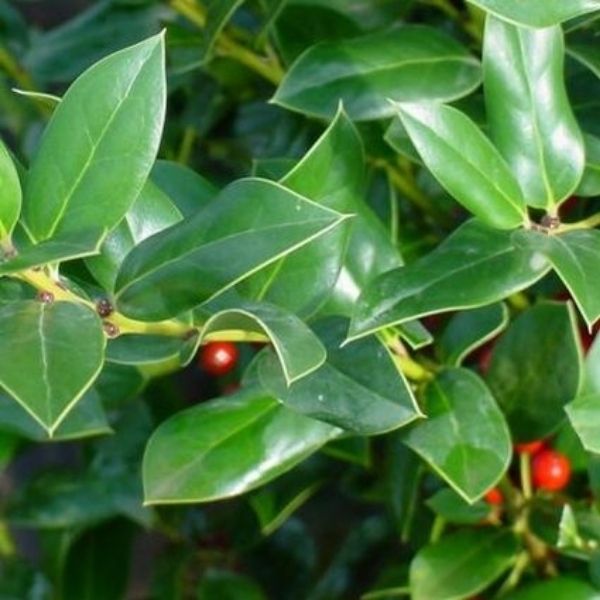

Tulip Poplar
Liriodendron tulipifera
18 reviews


Tulip Poplar
Liriodendron tulipifera
18 reviews
$63.00
$90.00
30% Off
- 1 Gallon
- 3.5 Gallon
We are sorry, product is currently out of stock due to seasonal availability. Please check the "Related plants available in your area" section below
Why Tulip Poplar?
The Tulip Poplar is a popular tree because of its tall height, attractive tulip-shaped flowers, and strong wood. It is also known as the Yellow Poplar or Tulip Tree and can grow up to 190 feet tall. Tulip Poplars are commonly found in forests throughout the eastern United States and are important for wildlife habitat. Additionally, they are a popular choice for landscaping and shade trees due to their fast growth and ornamental features.
Related plants available in your area
Sunlight
Tulip Poplar trees require full sunlight exposure for optimum growth and development. Full sunlight refers to at least 6 hours of direct sunlight per day.
Watering
Tulip Poplar trees require regular watering, especially during dry periods or when young. They prefer moist, well-draining soil but can tolerate some drought once established. It is important to ensure adequate watering to promote healthy growth and preven
Fertilizing
Tulip Poplar trees benefit from a well-balanced fertilizer with a ratio of nitrogen, phosphorus, and potassium (NPK) of 10-10-10 or 10-20-20. It is recommended to apply fertilizer in early spring before new growth begins.
For an unexpected twist on landscape decor, you can’t go wrong with a natural retreat: a towering, mighty tree that never fails to create a dreamy, inviting atmosphere in your outdoor space.
The tulip poplar tree (liriodendron tulipifera) is a mighty, deciduous tree that belongs to the magnolia family and grows up to 70 to 90 feet in height and 40 feet in width, with a super-fast growth rate of 3 to 5 feet per year.
Details like bright green leaves, greenish-yellow heartwood, dark green bark on young trees that later turns into gray, and brown fruits add a homey charm to your abode. After all, all these attractive, vibrant, and rich colors breathe life into any outdoor space, turning it into a verdant oasis. The surprising part? The stunning display of colors doesn’t stop here. It is just getting started!
Known for their dramatic seasonal transformation, tulip poplar trees alter the moods they create for your garden depending on the season. The greenery amps up the fresh, vibrant, and lively vibes in summer. Come fall, the green foliage turns into a spellbinding golden-yellow color, giving your space a stunning glow.
What makes tulip trees (also known as yellow poplar trees) a beyond-beautiful design idea is their tulip-like flowers! Adorned with greenish-yellow petals that are beautified with bursts of orange at the base and yellow stamens flaring up from the center, the large, showy blooms are simply a chance to show off your style and personality.
Don’t let a breathtaking view go to waste! Order your tulip poplar now!
Plant Information:
| Botanical Name: | Liriodendron tulipifera |
| USDA Zones: | 4-9 |
| Water: | Low to Average |
| Exposure: | Full Sun |
| Soil Needs: | Widely Adaptable |
| Mature Height: | 60 - 90 feet |
| Mature Spread: | 30 - 50 feet |







Pollination Info
Pollination Info for Tulip Poplar
Tulip poplars are pollinated by bees, primarily the eastern tiger bee (Xylocopa virginica) and bumblebees (Bombus spp.). The tulip poplar produces large, showy flowers that are yellowish-green with orange markings. The flowers are located at the ends of branches and are generally cup-shaped with six petals. They produce a large amount of nectar and are fragrant, attracting bees from far distances.
Once the bees land on the flower, they collect the nectar and pollen. The pollen is located in the middle of the flower and is distributed to other flowers as the bees move from flower to flower. The tulip poplar is self-incompatible, meaning it needs to be pollinated by a different plant in order to produce fruit. This makes bees an essential part of the tulip poplar's reproduction cycle.
The fruit of the tulip poplar is a cone-shaped structure made up of many individual samaras. Each samara contains a seed, which is dispersed by the wind after the fruit has matured. The fruiting period for tulip poplars generally occurs in late spring to early summer.
Overall, tulip poplar trees rely heavily on bees for pollination and reproduction. Without these important pollinators, the species would struggle to survive and reproduce.
FAQ
Tulip Poplar (Liriodendron tulipifera) - Frequently Asked Questions
-
What is Tulip Poplar?
Tulip Poplar is a deciduous tree that is native to eastern North America.
-
What is the size of Tulip Poplar?
Tulip Poplar can grow up to 80-120 feet in height and 30-50 feet in spread.
-
What are the characteristics of Tulip Poplar leaves?
The leaves have four lobes and are shaped like a tulip. They are usually 3-8 inches wide and turn yellow in the fall.
-
What is the age of Tulip Poplar?
Tulip Poplar trees can reach up to 200 years old.
-
What is the growth rate of Tulip Poplar?
Tulip Poplar is a fast-growing tree, averaging about 3 feet of growth per year.
-
When does Tulip Poplar bloom?
Tulip Poplar blooms in the late spring or early summer, with yellow and orange flowers.
-
What is the soil requirement for Tulip Poplar?
Tulip Poplar prefers well-drained soils that are slightly acidic and nutrient-rich.
-
What is the sun exposure requirement for Tulip Poplar?
Tulip Poplar prefers full sun but can also tolerate partial shade.
-
What are the uses of Tulip Poplar wood?
Tulip Poplar wood is used for furniture, flooring, paneling, and paper pulp.
-
What are the benefits of Tulip Poplar to wildlife?
Tulip Poplar provides habitat and food for many species of wildlife, including birds, squirrels, and deer.
-
Is Tulip Poplar susceptible to any diseases?
Tulip Poplar is prone to insect infestations, as well as fungal diseases such as verticillium wilt and canker.
-
What is the lifespan of Tulip Poplar?
Tulip Poplar can live up to 200 years in the right growing conditions.
Planting & Care
Planting Tulip Poplar (Liriodendron tulipifera)
- Location: Choose a site that has well-draining soil and receives full sun to partial shade.
- Soil: Tulip poplars prefer slightly acidic soils ranging from pH 5.0 to 6.5.
- Planting: Plant the tulip poplar in the fall or early spring. Dig a hole that is 2-3 times the width of the root ball and just as deep. Place the tree in the hole and backfill with soil, pressing firmly to remove air pockets. Water thoroughly.
- Spacing: Space the trees 30-50 feet apart depending on the desired canopy width.
Caring for Tulip Poplar (Liriodendron tulipifera)
- Watering: Keep the soil evenly moist, especially during the first year after planting. Water deeply once a week during periods of drought.
- Fertilizing: Fertilize in early spring with a slow-release fertilizer formulated for trees.
- Pruning: Prune in late fall or winter to remove any diseased, damaged, or dead branches. Tulip poplars do not require heavy pruning.
- Pest and Disease Control: Tulip poplars are relatively resistant to pests and diseases. However, they may be susceptible to verticillium wilt and canker. Make sure to provide good air circulation around the tree to prevent disease.
- Additional Care: Mulch around the base of the tree to help retain moisture and suppress weeds.
Check Out These Verified Customer Reviews:
Customer Reviews
4.8 out of 5 based on 18 reviews
Thank you! Your review has been submitted.
Well-packaged, arrived in perfect condition
The tulip poplar tree I ordered arrived quickly and well-packaged. It was a bit smaller than expected but still in good condition. Overall, a good purchase experience.
Item exactly as pictured, good website
Item has been added to your cart.



